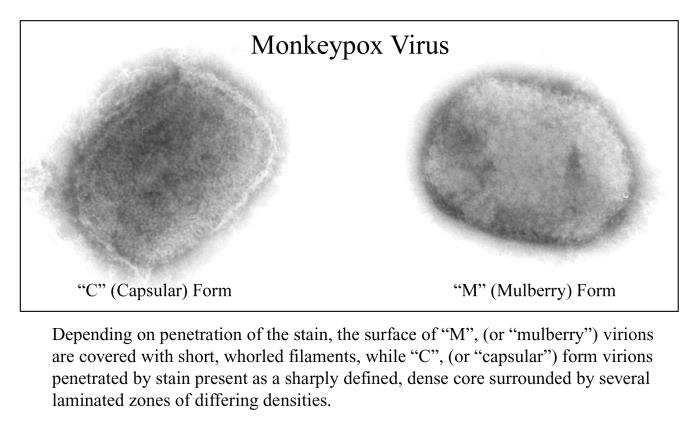Nigerian health officials continue to report monkeypox cases 18 months after the index case reported in September 2017.

In January this year, the Nigeria Centre for Disease Control (NCDC) six new suspected Monkeypox cases were reported in 4 states (Bayelsa – 2; Rivers- 1; Bauchi – 1; Lagos- 1; Borno – 1; Delta – 1) out of which three confirmed cases were recorded in two states (Rivers – 1, Bayelsa – 2).
No deaths were reported.
Since the beginning of the outbreak in September 2017, 311 suspected cases and 7 deaths have been reported in 26 states.
According to the CDC, the symptoms of monkeypox are as follows: About 12 days after people are infected with the virus, they will get a fever, headache, muscle aches, and backache; their lymph nodes will swell; and they will feel tired. One to 3 days (or longer) after the fever starts, they will get a rash. This rash develops into raised bumps filled with fluid and often starts on the face and spreads, but it can start on other parts of the body too. The bumps go through several stages before they get crusty, scab over, and fall off. The illness usually lasts for 2 to 4 weeks.
Rodents, such as rope squirrels, door mice and pouched rats, are the suspected reservoir hosts, with monkeys and humans as secondary, spill-over hosts.
People at risk for monkeypox are those who get bitten by an infected animal or if you have contact with the animal’s rash, blood or body fluids. It can also be transmitted person to person through respiratory or direct contact and contact with contaminated bedding or clothing.
There is no specific treatment for monkeypox.
- Venezuela: Malaria cases top 1.3 million in 2018, according to Global health organizations
- Boston College: Norovirus confirmed on campus
- Columbus, Ohio reports largest hepatitis A outbreak in 25 years
- Ireland: Donegal measles outbreak rises to 7 cases
- African swine fever: Vietnam reports 1st outbreaks, Guangxi province, China
- Fluconazole, a common yeast infection drug, linked to higher rates of miscarriage: Study
- Texas: 27 mumps cases reported in ICE facilities


